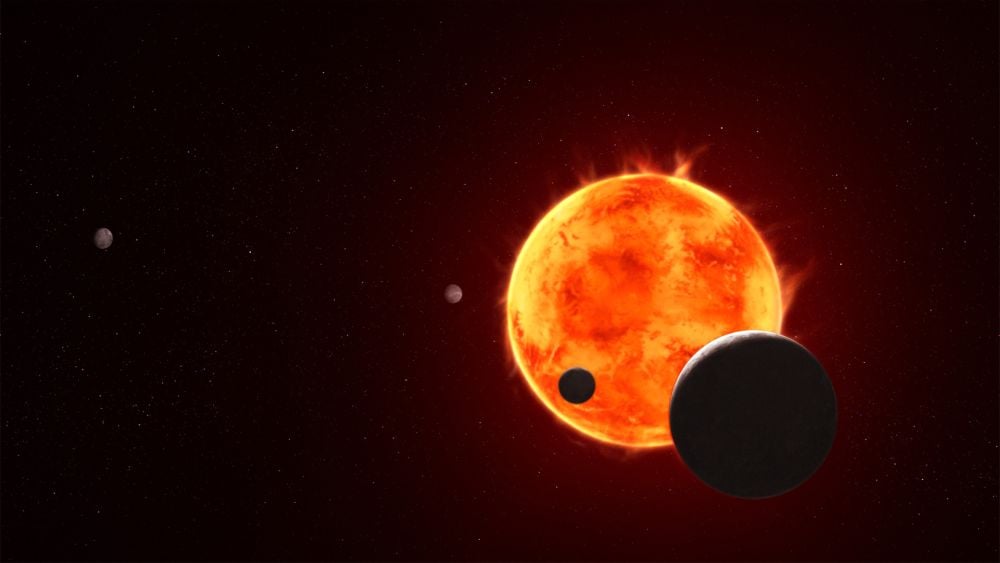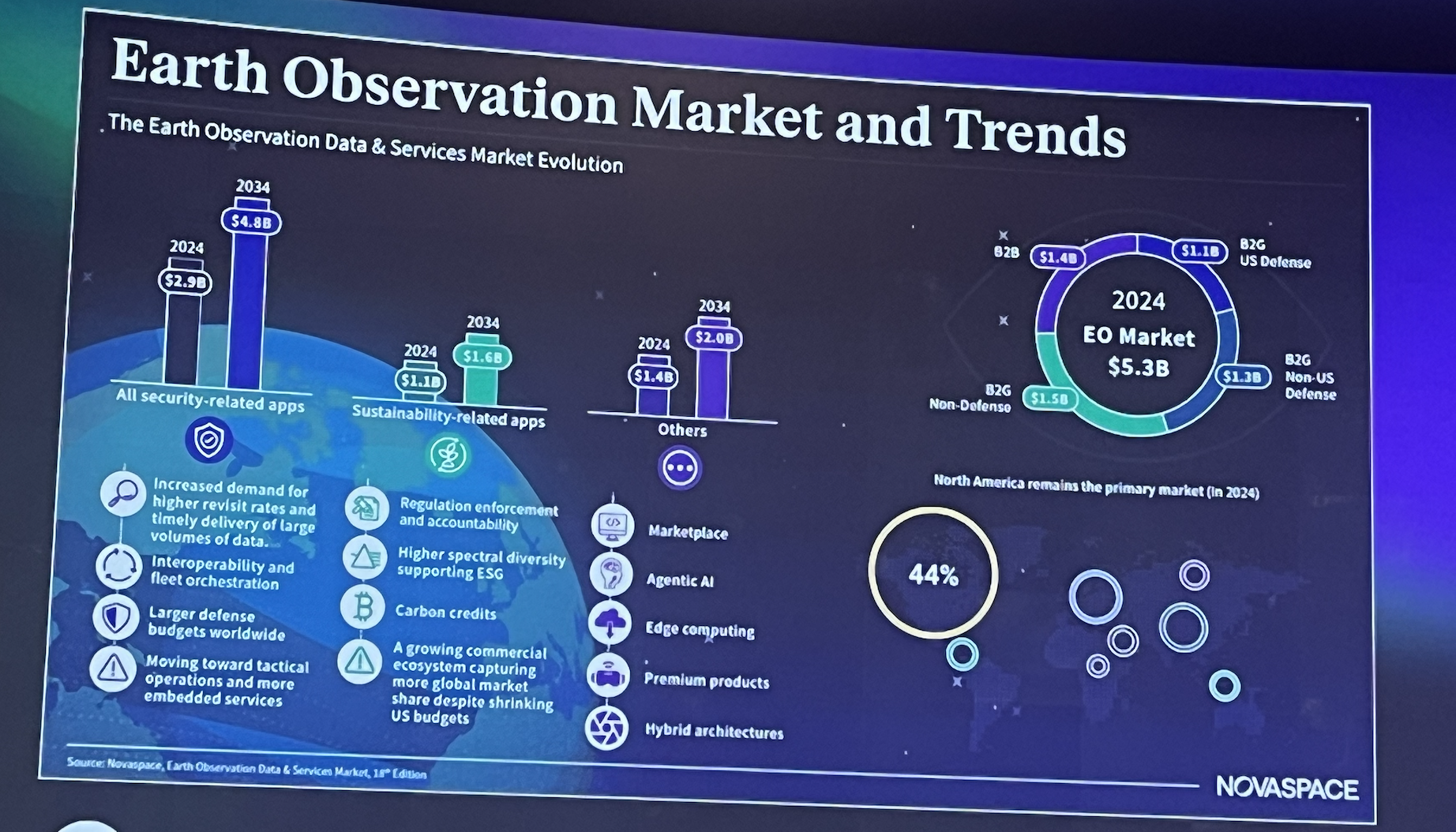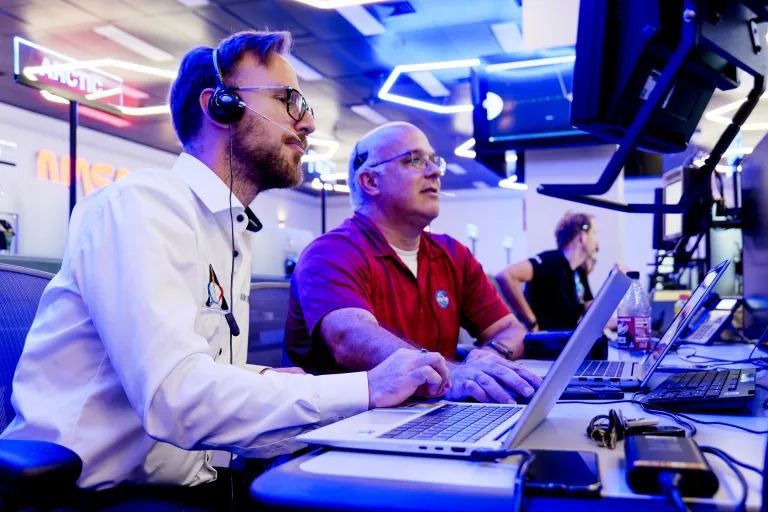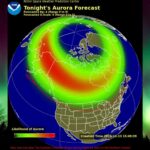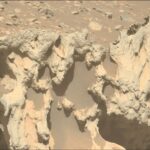(NewsNation) — Tuesday will mark the Unidentified Aerial Phenomena hearing before the House Oversight Subcommittee, to discuss an alleged secret UFO retrieval program being operated by the Pentagon. Lawmakers on
Hot Posts573- Page
When an interstellar object (ISO) travels through our inner Solar System, the immediate question is “Where did it come from?” There are only fleeing opportunities to study these, since their
Observing and doing astrophotography with a telescope, is an acquired skill that undoubtedly rewards the amateur astronomer, but not everyone has the time, patience or long spells of clear skies
New observations of a pair of colliding spiral galaxies hint at what might be in store for the Milky Way and the Andromeda galaxy if and when they collide. The
SAN FRANCISCO – Orbital Sidekick hyperspectral sensors revealed new information on damage sustained by Iran’s Fordow nuclear fuel enrichment plant after U.S. armed forces bombed the site in June. OSK’s Global
The JWST has begun examining the atmosphere of the habitable zone planet TRAPPIST-1 e. It’s not finished yet, but the first observations indicate that the the planet hasn’t retained its
PARIS – Defense and security applications provided almost half of the revenue generated by Earth-observation satellites in 2024, Novaspace principal Annekatrien Debien said at the Summit on Earth Observation Business.
With shiny new next-generation spacecraft come the complex systems required to track their technologically advanced systems. When it comes to NASA’s Orion spacecraft, that need is a whole extra room
The Roscosmos Progress 92 cargo spacecraft approaches the International Space Station on July 5, 2025, for an automated docking to the orbital complex’s Poisk module. Credit: NASA NASA will provide
Part of the Gibson Desert in Western Australia is featured in this image, captured by the Φsat-2 mission in June 2025. Covering an area of over 150 000 sq km, the
-
 012024 in Review: Highlights from NASA in Silicon Valley
012024 in Review: Highlights from NASA in Silicon Valley -
 02Panasonic Leica Summilux DG 15mm f/1.7 ASPH review
02Panasonic Leica Summilux DG 15mm f/1.7 ASPH review -
 03How New NASA, India Earth Satellite NISAR Will See Earth
03How New NASA, India Earth Satellite NISAR Will See Earth -
 04And Thus Begins A New Year For Life On Earth
04And Thus Begins A New Year For Life On Earth -
 05Astronomy Activation Ambassadors: A New Era
05Astronomy Activation Ambassadors: A New Era -
06SpaceX launch surge helps set new global launch record in 2024
-
 07Space Force plans new ‘Futures Command’ amid pressure to speed up modernization
07Space Force plans new ‘Futures Command’ amid pressure to speed up modernization







